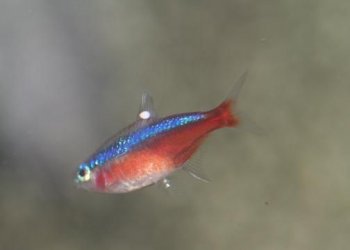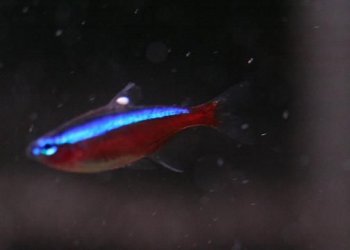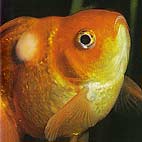XPANDA
Fish Fanatic
Hello,
I have just noticed a growth on my cardinal tetra, i dont think its been there long. Havnt got the water stats at the moment but the tank comprises of 4 cardinal tetras, 3 golden barbs, 3 clown loaches, 1 amino shrimp, 1 golden panchax and two cories. Its a planted 90 litre tank.
The growth, as you can see is perfectly white and a perfect egg shaped, its between the "back" and the dorsal fin.
I just hope i can save him and not pass any infection to my other fish.
Thanks for looking.
Tim
oh yes, i forgot to mention, the fish hasnt shown any other effects, he looks pretty happy to be honest.
I have just noticed a growth on my cardinal tetra, i dont think its been there long. Havnt got the water stats at the moment but the tank comprises of 4 cardinal tetras, 3 golden barbs, 3 clown loaches, 1 amino shrimp, 1 golden panchax and two cories. Its a planted 90 litre tank.
The growth, as you can see is perfectly white and a perfect egg shaped, its between the "back" and the dorsal fin.
I just hope i can save him and not pass any infection to my other fish.
Thanks for looking.
Tim
oh yes, i forgot to mention, the fish hasnt shown any other effects, he looks pretty happy to be honest.




